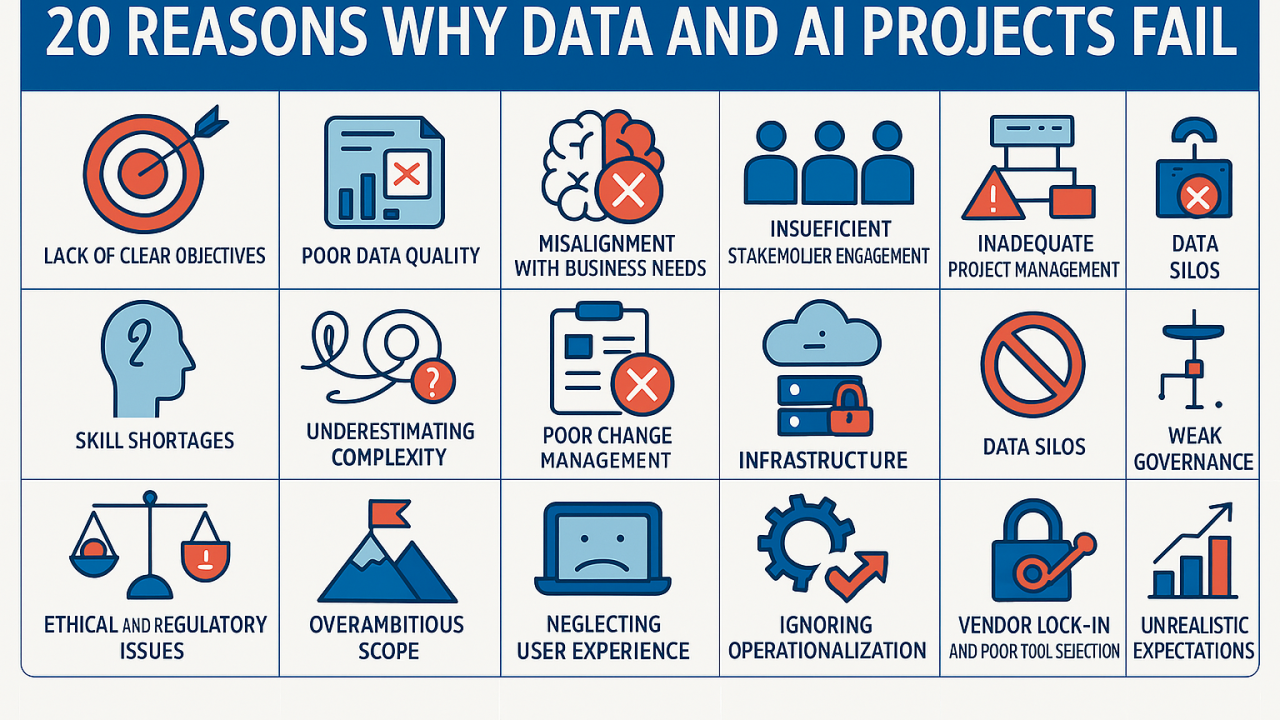

The AI Trade-Off: Security VS. Performance, How to Choose the Right Strategy

AI isn’t one-size-fits-all—here’s how to deploy it the right way. Most companies don’t need one AI strategy. They need many.
Generative AI is transforming workplaces, but it comes with hidden risks. Employees unknowingly share sensitive data with AI models, creating potential security breaches.
Your AI deployment strategy matters more than ever—balancing security, scalability, and efficiency is key. In this article, I’ll break down how companies should structure AI adoption across different departments but most of all analyzed by AI product, and various factors.
⚠️ But don’t stop here! If you haven’t read my article yet— "Your Data is Not Safe with Employees Using Generative AI"—make sure you do. It’s a must-read on how AI tools can put your confidential information at risk and what is required to prevent it.
📌 Read it here:
Now, let’s dive in:
Choosing the Right AI Structure: A Use-Case-Driven Approach
AI deployments should align with: ✅ Business needs ✅ Data sensitivity ✅ Security & compliance ✅ Operational constraints
A single company will likely use multiple AI strategies, each optimized for a specific function.
Let’s break it down:
🔹 Research & Development (R&D) – On-Premises AI
Use Case: Running simulations, analyzing proprietary datasets.
Security: 🔒 Highest – Data must not leave company servers. Trade-off: Secure but limited access to the latest AI advancements. A lot of work to maintain, and upgrade/ update. Needs a dedicated team.
✅ Decision: On-Prem AI ensures full control but sacrifices model freshness.
🔹 Finance – Private Cloud AI
Use Case: Fraud detection, risk assessment, forecasting. Security:
🔒 Very high – Must comply with GDPR & other regulations. Trade-off: High security but lower scalability. A lot of work to maintain, and upgrade/ update need a dedicated team.
✅ Decision: Private Cloud AI deployment balances compliance with scalable AI models. You often need raw power and speed to stop fraud as it happens.
🔹 Marketing – Hybrid Cloud AI
Use Case: Customer segmentation, personalized content. Security:
🟡 Medium – No confidential data but regulatory compliance needed. Trade-off: Always up-to-date, but requires data anonymization. Still need a technical team to manage.
✅ Decision: Private and Public Cloud mix (Hybrid). this AI strategy offers cutting-edge capabilities at scale while maintaining security .
🔹 Human Resources – Private Cloud AI
Use Case: Resume screening, sentiment analysis, retention predictions. Security:
🔒 High – Employee data must remain private. Trade-off: Secure but lower performance on-prem vs. cloud AI. A lot of work to maintain, and upgrade/ update. needs a dedicated team. ✅ Decision: Private Cloud AI blends security with scalability.
🔹 Customer Support – Hybrid AI Services
Use Case: Automated chatbots, real-time ticket classification. Security:
🟡 Low to Medium – Anonymized customer data. Trade-off: Cost-effective but limited customization.
✅ Decision: Shared AI Services provide efficiency but require strict data controls. Monitoring is vital after setup. Needs constant pampering.
The Security vs. Quality Trade-Off in AI
🔹 Public AI models (ChatGPT, OpenAI) → Best quality, requires anonymization.
🔹 Private AI models (On-Prem, Private Cloud) → More secure but slower updates. Requires work and therefore a bigger team. Less agile.
How to decide?
✅ For sensitive data → On-Prem or Private Cloud AI
✅ For performance & scalability → Public Cloud AI
✅ For cost-effectiveness, most powerful engines, always up to date and always capable of learning from new data → Shared AI Services.
A word on The Hybrid AI strategy
The Hybrid AI strategy balances security and scalability by splitting AI processing. Sensitive data is first processed locally (on-prem or private cloud) for security and compliance. Once anonymized or prepared, it moves to the Public Cloud for advanced analysis and scaling if necessary. This approach ensures data protection while leveraging powerful AI models in the cloud. This method requires a strict data governance and supervision.
Final Thought: AI Is Not One-Size-Fits-All
Companies should align AI deployment with use cases, security needs, and business goals and business outcomes to maximize performance without compromising security. Get help to deploy that strategy. Most company do not have staff with the skills to deploy such strategy.
Do you already have several AI strategies within your organization?
🔁 Repost to share this breakdown with your network!
#ArtificialIntelligence #AI #MachineLearning #CloudComputing #TechStrategy #DigitalTransformation #CyberSecurity #DataPrivacy #Innovation #AITrends #FutureOfWork #AIforBusiness
Expert analysis on data, cloud, and change management.

Frustration has always been very high with BI solutions. breaking models and dashboards has always been an issue. It often required to prevent end users to create what ever they wanted for governance sake.

Not All Open Source AI Models Are Created Equal. Building the right AI product requires planning and testing. Picking the wrong ones could cost more than money.

Avoid AI an Data failure, learn from other company's mistakes
Expert guidance for seamless cloud and data transitions. Unlock value, ensure compliance, and lead with confidence.